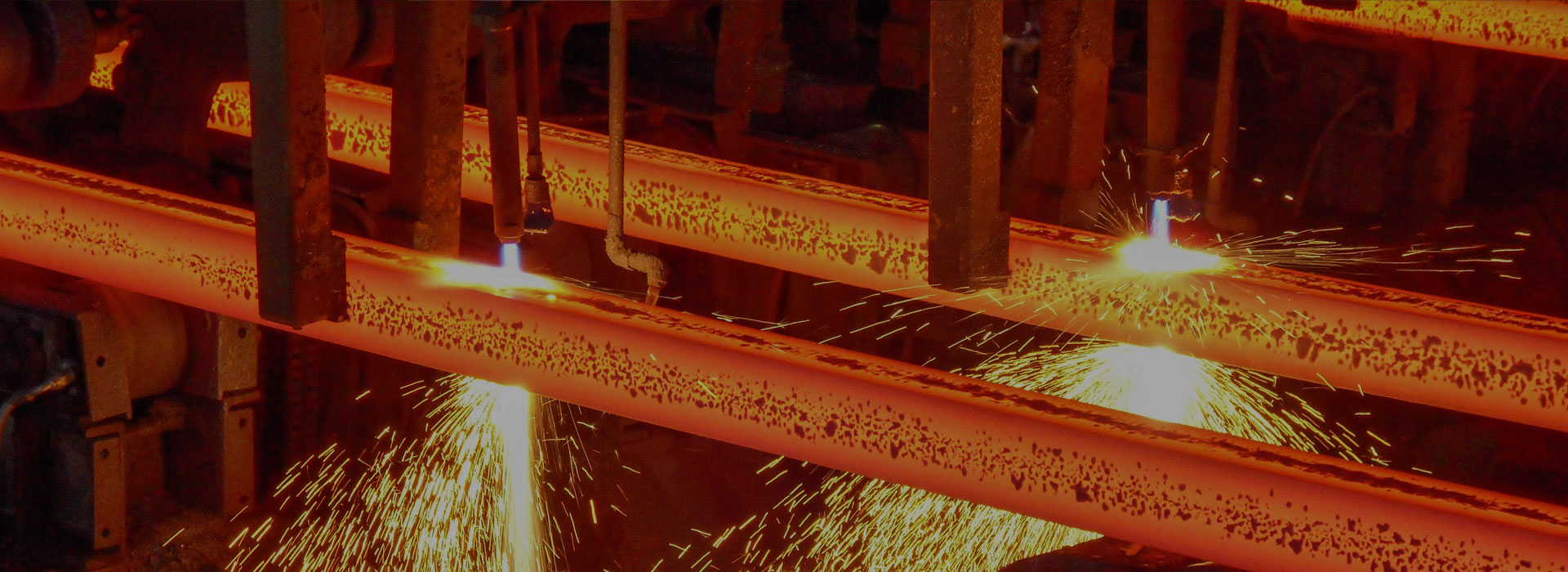Cast iron classification and properties
2023-11-13
Cast iron is a group of iron-carbon alloys with a carbon content greater than 2%. It is a versatile material that has been used for centuries in a wide range of applications, from cookware to engine blocks. Cast iron is known for its excellent casting properties, high wear resistance, and good machinability. In this article, we will discuss the classification and properties of cast iron.
Classification of cast iron
Cast iron can be classified into four main types based on its microstructure and composition:
1. Gray iron: This is the most commonly used type of cast iron. It has a gray color due to the presence of graphite flakes in its microstructure. Gray iron is easy to cast and has good machinability. It is used in applications such as engine blocks, pipes, and cookware.
2. Ductile iron: Also known as nodular iron or spheroidal graphite iron, ductile iron has a nodular or spherical graphite structure. This type of cast iron has high strength, toughness, and ductility. It is used in applications such as gears, crankshafts, and suspension components.
3. White iron: This type of cast iron has a white color due to the absence of graphite in its microstructure. White iron is extremely hard and brittle, making it difficult to machine. It is used in applications such as wear-resistant parts, such as pump impellers and grinding balls.
4. Malleable iron: Malleable iron is a type of cast iron that has been heat-treated to convert its microstructure into a ductile form. It has good ductility and toughness, making it suitable for applications such as pipe fittings and hand tools.
Properties of cast iron
Cast iron has several properties that make it a popular material for a wide range of applications:
1. High wear resistance: Cast iron is known for its excellent wear resistance, making it suitable for applications where parts are subjected to high stress and wear.
2. Good machinability: Cast iron is easy to machine, making it a popular choice for applications that require complex shapes and tight tolerances.
3. High thermal conductivity: Cast iron has high thermal conductivity, making it suitable for applications where heat needs to be dissipated quickly.
4. Good damping capacity: Cast iron has good damping capacity, making it suitable for applications where vibration needs to be minimized.
Cast iron is a versatile material that has been used for centuries in a wide range of applications. Its classification and properties make it a popular choice for applications that require high wear resistance, good machinability, high thermal conductivity, and good damping capacity.




